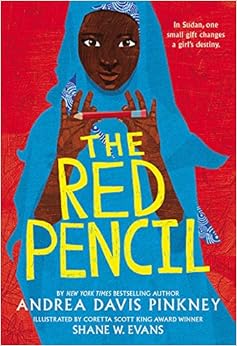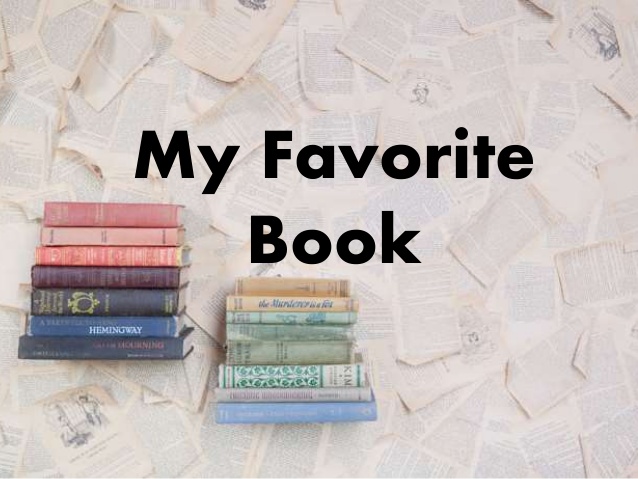 Lowriders in Space
Lowriders in SpaceCathy Camper
Raul the Third (illustrator)
Chronicle, 2014 110 pgs
Grades 3-6
Graphic Novel
Join Lupe Impala, El Chavo Flapjack, and Elirio Malaria as they chase their dreams. The three friends work on cars and dream of one day being the proprietors of their own auto-body shop. In the meantime they spend their lives working for "the man" and barely making ends meet. Hope arrives in the form of a low-rider (customized street-racing cars popular in Mexican culture) contest for the coolest and best low-rider around with a big cash prize. They get a hold of a beat-up car and work their magic. Obtaining throw-away parts from a defunct airplane factory, the team super-charges their vehicle and make it so awesomely cool and powerful it blasts off into outer space. They journey through space, picking up amazing features to add the their car along the way. Finally, its back to earth just in time for the contest. Naturally the three amigos win and they are able to buy their own garage at long last.
Just when I think I've seen it all, a completely fresh book arrives and takes my breath away. Lowriders in Space is such a book. It is simple and reads fast, yet has many subtle and original elements to recommend it. First and foremost, it is very refreshing to see a graphic novel seeped in Latin American culture, reflecting a significant portion of our population previously ignored by the genre. Though primarily in English, the book is liberally sprinkled with Spanish words, which are defined at the bottom of the page. The definitions are only given once and some words are repeated, encouraging the reader to retain the definition of the word. The characters throughout the book are sometimes humanoid, but more often different animals, thus avoiding stereotyping and broadening the audience. Our main characters are an octopus, a mosquito and some sort of a fox-like creature with elfin ears and horns. The characters are mixed genders, further expanding the readership. Scientific information about outer space is deceivingly included, allowing for the comic lover to also pick up a few facts without realizing it. The illustrations are unusual and fun. Raul the Third explains in an author's note that he intentionally used only black, blue, and red pens, thus encouraging kids everywhere to try cartooning regardless of socio-economic background. The illustrations are on a natural brown background, appearing as if they were drawn on grocery bags. A background of lowrider cars and a glossary of terms is included in the back. The teaser for the next installment shows the three friends heading to the biblioteca and Raul thanks his mom in his dedication for bringing him daily to the library as a youngster, further warming my heart to Lowriders in Space. As the face of America shifts, it is encouraging to see quality, yet entertaining choices reflecting the experiences of other cultural sub-groups. This book is very specific to a certain place and culture (Latino California) of which I know nothing about and I could care less about cars, never before even hearing about "lowriders", yet I loved this book and know that my suburban New Jersey kids will love it too.









